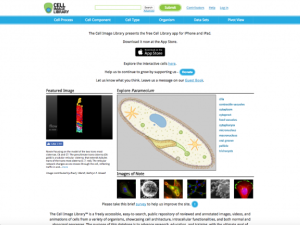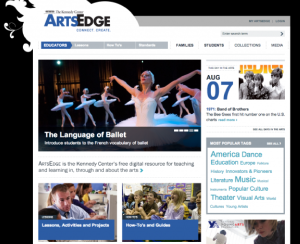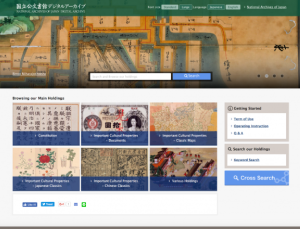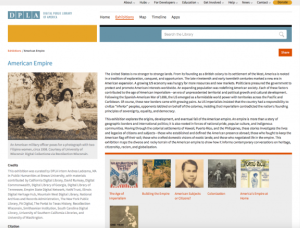 |
May 19, 2017 Volume 23, Number 20 |
Research and Education |
General Interest |
Network Tools |
In the News |
Research and EducationBack to Top | |
 |
|
 |
|
 |
|
 |
|
 |
|
 |
|
 |
|
 |
|
General InterestBack to Top | |
 |
|
 |
|
 |
|
 |
|
 |
|
 |
|
 |
|
 |
|
Network ToolsBack to Top | |
 |
|
 |
|
In the NewsBack to Top | |
Botticelli Comes to the United States in a New Exhibit that Highlights the Artist's Full, Complex Oeuvre | |
|
Superb Botticelli show at MFA traces the master's arc A Lesser Known Venus Visits the U.S. in New Botticelli Exhibit How this Tiny Museum in Virginia Lands Major Shows of Botticelli and Michelangelo Botticelli and the Search for the Divine Medici: Godfathers of the Renaissance Perspectives on Painting: Investigating Early Italian Renaissance Art Sandro Botticelli (c. 1445-1510) is best known for his oft-adapted (and parodied) painting, The Birth of Venus. Botticelli's artistic career spanned the 1490s and early 1500s, a tumultuous period in Florence. The Medici family, who patronized the great Renaissance artists, were ousted in 1494 following the French invasion of Italy. Taking their place was Girolamo Savonarola, a pious Dominican friar who inspired the Bonfire of the Vanities before his execution in 1498. Florence's social upheavals shaped Botticelli's later work; a supporter of Savonarola (despite having painted the kind of works that Savonarola decried), Botticelli's works after the friar's death are considerably darker in style and tone. This spring and summer, a number of works spanning Botticelli's entire oeuvre are being exhibited in the United States for the first time. This new exhibit, Botticelli and the Search for the Divine, is a partnership between the Museum of Fine Arts in Boston and the Muscarelle Museum of Art at the College of William and Mary in Williamsburg, Virginia. Visitors will find sixteen paintings by the Italian artist, accompanied by the works of his teacher Filippo Lippi and Lippi's son, Filippino Lippi. Not included in this collection are The Birth of Venus and Primavera, which are required to stay in Italy. Yet this new exhibition offers insight into the painter's evolution, revealing the artist's full breadth and complexity. [MMB] To learn more about this new exhibit and Botticelli's career, readers can check out Cate McQuaid's thoughtful review for the Boston Globe and a recent piece by Andrea Shea of NPR's All Things Considered. Next, in the third article, Casey Lesser explores how the mid-sized Muscarelle Museum of Art came to exhibit the works of this Italian master. The fourth link takes readers to the Museum of Fine Arts' page dedicated to the exhibit, which includes ten of the featured paintings. Those interested in learning more about the intersections between Italian history and art will want to check out the fifth link, which takes readers to a collection of resources that accompanied the PBS documentary Medici: Godfathers of the Renaissance. Finally , K-12 instructors will find a series of lesson plans about Renaissance art courtesy of The New York Times's Learning Network. | |





